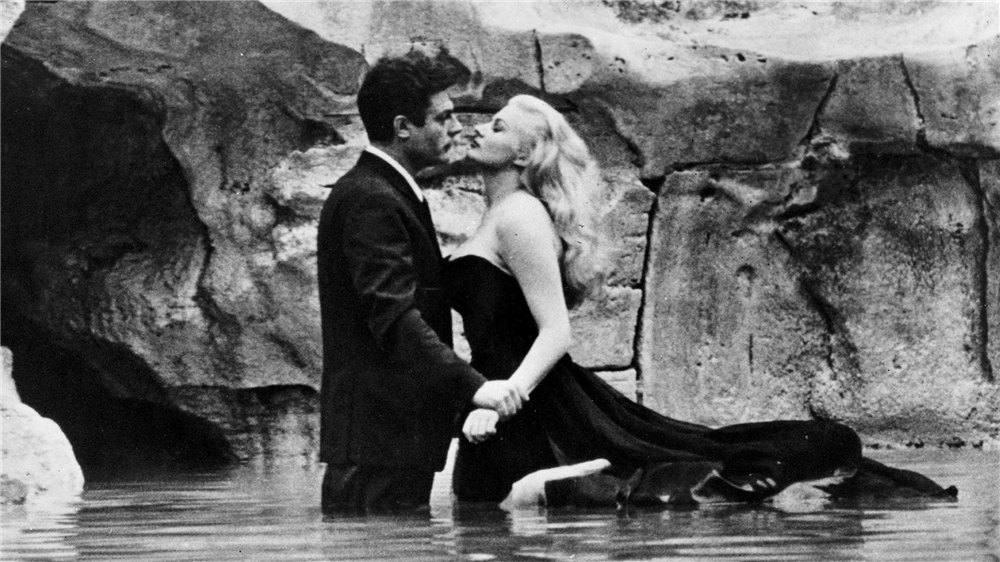When the film version of “Mary Poppins” opened in 1964, fans of the P.L. Travers books made the inevitable comparison and concluded that they were apples and oranges. Disney had transformed the first book in her series into such a vibrant musical excursion that it was easy to ignore how tonally different it was and not care that it had all sorts of things the book did not—like singing and dancing chimneysweeps.
Those who paged through Valerie Lawson’s biography, Mary Poppins, She Wrote, will likely feel the same way when they see “Saving Mr. Banks”—until the end credits roll and they realize that the film is NOT an adaptation. It’s loosely based on a number of accounts and strays liberally from the facts in order to tell a more fascinating, emotionally resonant story. Mark Twain famously said, “Get your facts first, and then you can distort them as much as you please,” and that’s exactly what screenwriters Kelly Marcel and Sue Smith have done.
“Saving Mr. Banks” is a funny, bittersweet account of how “Mary Poppins” finally came to the big screen after 20 years of fruitless negotiations, with Emma Thompson turning in an Oscar-worthy performance as author P.L. Travers. It’s a film that neatly parallels “Mary Poppins” insomuch as a no-nonsense woman flies into one family’s life (in this case, the Disney family, via airplane) and just as Mr. Banks is “saved” in the musical, so here is Mr. Disney—freed, finally, from the burden of a promise he had made to his daughter to bring Mary Poppinsto life in film, and reminded, through his dealings with the persnickety and petulant Travers, just how important a creation can be to an author.
Travers grew up in Australia, and for the most part the film intercuts painful childhood memories of her father (likably played in flashback by Colin Farrell) with the narrative of her trip to Hollywood to sign the contract and work on the script and score with Disney (Tom Hanks), the Sherman brothers (B.J. Novak, Jason Schwartzman), and co-screenwriter Don DaGradi (Bradley Whitford).
It’s easy to believe Thompson as the dour and fussy author, and she has some lengthy reaction shots that are nothing short of amazing. It takes longer to adjust to Hanks as Disney, partly because he’s made up to look younger than the Disney who died just two years after finally bringing “Mary Poppins” to the screen, and partly because his voice sounds more Southern than Midwestern—as anyone who grew up watching Disney introduce segments on “Walt Disney Presents” or “Walt Disney’s Wonderful World of Color” will notice.
But that’s a small thing compared to the story arc, the sixties’ atmosphere, and the skillful blend of comedy and drama that makes “Saving Mr. Banks” such a satisfying movie. There are sad moments, sure, and Disney being Disney a parent dies. There’s also alcohol abuse—one reason why Travers’ memories of the father she adored are so painful, so the PG-13 rating is appropriate. But the Disney-Travers polite “battle” dominates and there are plenty of small delights—like Paul Giamatti shining in a minor role as Travers’ driver—so those painful flashbacks seem minimized. And just as the Sherman brothers’ songs envigorated the live-action/animated classic some 50 years ago, they bring this film to life.
In reality, Travers hated the movie, hated the music, and especially hated Dick Van Dyke. But that would have made for a very short and uninteresting film, wouldn’t it? With a few distorted facts, “Saving Mr. Banks” takes on a life of its own, and there’s enough truth in it to make you swallow the rest . . . with or without a spoonful of sugar.
“Saving Mr. Banks” opens in the U.S. on December 20 and has a runtime of 125 minutes.


